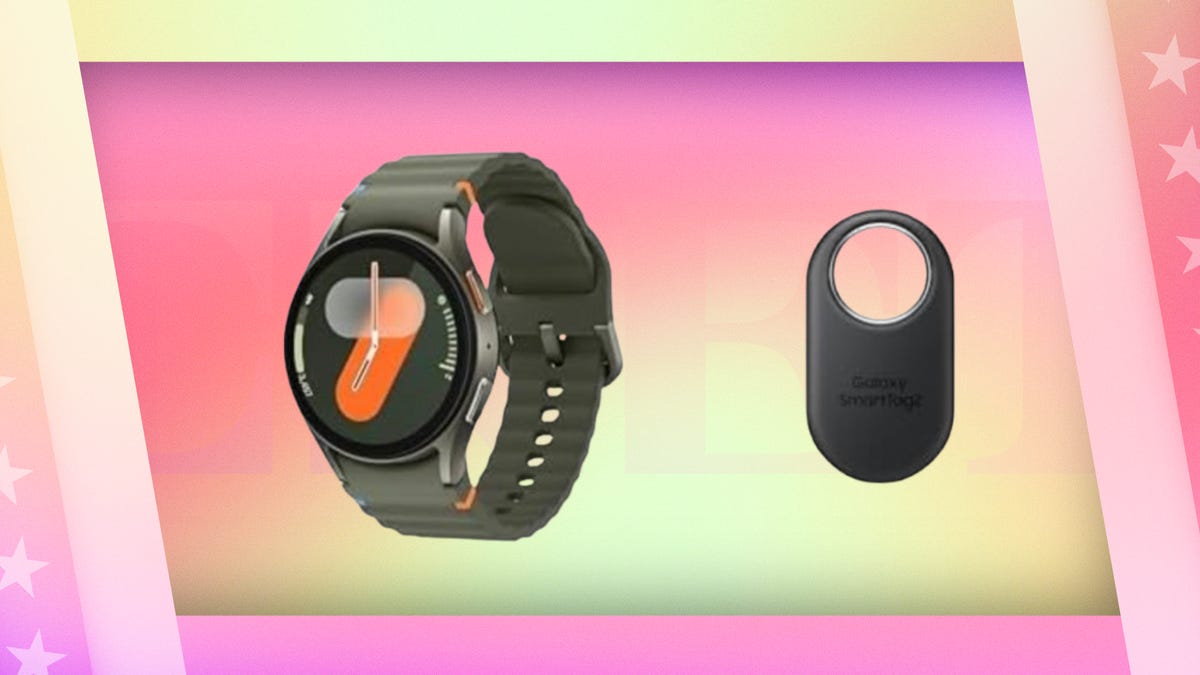Most film critics turned their backs on “Fear Street: Prom Queen” the day it started streaming. And yet, halfway through its world premiere weekend, Netflix‘s trending teen slasher is still popular with plenty of subscribers. Co-written by director Matt Palmer and Donald McLeary, “Prom Queen” is a goofy-gory throwback about a pack of high school frenemies battling a masked killer in 1988.
A victim of the Shadyside curse series fans know all too well, Lori Granger (India Fowler) is convinced that winning the prom queen crown will clear her disgraced family name. But when the confetti flies and student blood starts to spill, our final girl becomes the epicenter for one of the worst massacres in the town’s history. Stalked by a silently snarky figure in a bright-red raincoat, queen bee Tiffany (Fina Strazza), “Carrie”-esque love interest Tyler (David Iacono), gossip Debbie (Rebecca Ablack), straight-A student Linda (Ilan O’Driscoll), pot dealer Christy (Ariana Greenblatt), fickle henchmen Melissa (Ella Rubin), special effects-obsessed weirdo Megan (Suzanna Son), and more familiar genre faces converge on a nightmare to remember.
The standalone spinoff scored a B+ at IndieWire, but the adaptation veers considerably closer to R.L. Stine’s book series than some audiences say they were led to expect. Filmmaker Leigh Janiak’s three-part film adaptation from 2021 was a high point in Netflix’s lockdown era, and prom doesn’t mean anything without a little competition. But ranking a single campy feature against the epic choreographed release of an emotional trilogy doesn’t make sense — or feel fair. Much in the same way “Halloween III: Season of the Witch” was technically made with Michael Myers fans in mind, “Prom Queen” breaks from the moodier “Fear Street” tradition to explore a different corner of horror than the more emotional chapters before it.
Still, viewers are ranking these movies against each other, and we’d be remiss to not stump for our “Prom Queen.” Assessed on their individual merits alone, the four “Fear Street” films from Netflix — “Part One: 1994,” “Part Two: 1978,” “Part Three: 1666,” and finally “Prom Queen” — offer spooky sampler tray that even with its flaws tastes better than most modern offerings. Read on for Netflix’s “Fear Street” ranked. —Alison Foreman
-
4. “Fear Street Part Three: 1666” (2021)
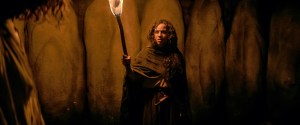
Image Credit: ©Netflix/Courtesy Everett CollectionThe third “Fear Street” film isn’t terrible, necessarily, but it’s the exact moment when you can feel the conceit of the original trilogy start to crumble. Awkwardly split into two parts (“1666” and “1994: Part 2”), Part Three has to introduce another timeline to this story with a spooky tale set in colonial times, which is essential to explaining the witch’s curse that spurred the events of the original. In a goofy detail, much of the ensemble of the past two movies pulls double duty to play the inhabitants of 1666, which feels more like a bad sitcom episode than a strong creative choice.
Add in the cheap look of this historical period and a decided lack of frights, and the first half is a chore. Thankfully, the second half — which heads back to 1994 to close out the story — is stronger, offering a satisfying ending to the original arc that ends the series on a high note. Just a shame about what it took to get there. —Wilson Chapman
-
3. “Fear Street: Prom Queen” (2025)
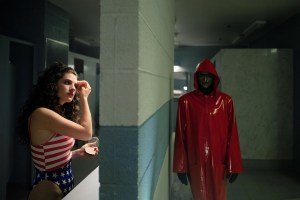
Image Credit: ©Netflix/Courtesy Everett CollectionYou know this story. Boy meets girl. Girl gets accused of murdering boy. Girl’s baby carries the stigma of her mother’s acquittal for the rest of her miserable days. Right? Well, not if Lori Granger (India Fowler) has anything to say about it. Director Matt Palmer can’t beat Leigh Janiak’s first two “Fear Street” films, but “Prom Queen” isn’t the worst of the four.
Ideal for fans of R.L. Stine’s beloved book series but a massive departure from the popular 2021 streaming trilogy, this snappy song-and-dance stays true to itself — delivering an imperfect story that, for good or bad, is exactly as advertised. Funny, freaky, fiendish, and flirty, Lori’s campaign for her high school’s most sought-after crown boasts ridiculously creative kills, a vicious editing style, and at least a handful of “Heathers”-esque zingers this movie wouldn’t feel so ’80s without. Cutting against not just Janiak’s work at Netflix but also the behemoth of “Stranger Things” (finally back this summer), “Prom Queen” seems designed to fail. And yet, she shines: an imperfect and wonderful weirdo forced to shoulder the sins of her past. —AF
-
2. “Fear Street Part One: 1994” (2021)
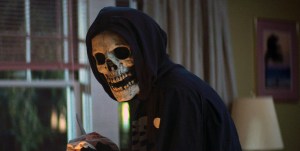
Image Credit: ©Netflix/Courtesy Everett CollectionThe “Fear Street” franchise kicked off partying like it was the late ’90s, with 1994 directly harkening back to the days of December 1996 with a Maya Hawke-starring opening scene that evokes the glory days of “Scream.” It’s a pleasingly nostalgic and effective introduction to the franchise’s referential approach to horror and sets up the goofy fun of the first installment, which features an oh-so ’90s soundtrack, a collection of lovable teen stereotypes out of a classic John Hughes movie, and a series of masked killers for them to contend with.
It’s not particularly deep, and the cliffhanger ending frustrates a bit, but it’s a lot of fun. Janiak directs the kills with panache and some pleasing gore, while the lesbian romance between leads Deena (Kiana Madeira) and Samantha (Olivia Scott Welch) is sweet, offereing the chance for modern queer horror fans to really see themselves onscreen. If “1994” feels a bit like a bootleg “Scream,” answer this: When has that ever been a “bad” thing? —WC
-
1. “Fear Street Part Two: 1978” (2021)
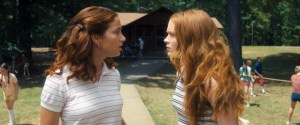
Image Credit: ©Netflix/Courtesy Everett CollectionJudging the “Fear Street” films as separate movies is somewhat missing the point. The trilogy is, essentially, a movie as a TV show, with both the first and third parts not making much of an attempt to serve as complete viewing experiences.
Part of what makes “1978” so satisfying is that it’s the exception to that rule, getting the business of connecting to the first film out of the way before telling a relatively closed story that is easily strong enough to be it’s own standalone ’70s slasher throwback. Inspired heavily by “Sleepaway Camp” and “Friday the 13th,” “1978” departs from the original’s suburbia for a summer at Camp Nightwing — where a group of teens fight for their lives after a killing spree ruins their summer plans.
Janiak is at her most comfortable here, emulating the visual style of the period beautifully. This film also offers the best scares and most macabre kills of the franchise. Plus, the actors — particularly Sadie Sink and Emily Rudd, who are terrific as two warring sisters and the story’s an emotional core — are fantastic. They elevate the horror and tension to a place the other films don’t come close to. “Fear Street” has always been fun, but “1978” is the only time it dipped its toes into the bloodied waters of slasher greatness. —WC
